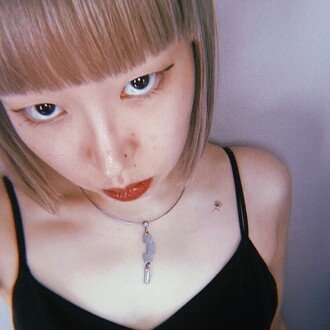
Dig Japan vol.4 “Imagawayaki (今川焼き)”
Dig Japan is a series in which I research and introduce in English topics related to traditional Japanese culture that interest me. In this article, I will introduce imagawayaki. This wagashi is called oban-yaki in the area where I was born and raised, and I remember that when I was in nursery school, my grandfather would always buy me oban-yaki from the food stall next to the school whenever he came to pick me up.
Imagawayaki is disc-shaped wagashi made by filling dough with azuki bean paste, custard cream, or other fillings and baking it in a mold. Its name is not standardized, and it is called by various names including oban-yaki, depending on the region and store. Imagawayaki is familiar to Japanese people, as it is often sold not only at confectionery stores, but also at open-air stalls at so-called festivals, including Shinto and Buddhist ceremonies.

Imagawayaki is generally made by pouring batter into a circular mold made of iron or copper, filling it with bean paste, and baking it into a thick disk shape. It first appeared in literature as “Imagawayaki Nasuya Yahei Honjo” in the section on Edo specialty sweets in “Fukijizai” written in 1777, but it is unclear what kind of sweet it was at the time.
Its current appearance can be seen in Harukaze Shimizu's “Machi no sugata,” which describes the customs of the late Edo period. According to the book, it was baked on a small iron plate with six holes, and sold at a food stall for four mon for two pieces. Since children's pocket money at the time was around four mon, it can be said that it was aimed at children.

During the Meiji period, it was very popular as a snack for the common people and was widely sold. Morinaga & Co. founder Morinaga Taichiro even said, “As long as there are sweet potato shops and imagawayaki, it will be difficult for Western confectionery to enter Ginza.”
There is no reliable historical evidence about the origin of the name, but the most famous one today is a store near Imagawa Bridge, built by Zen'emon Imagawa, the lord of Edo Castle, in the mid-Edo period. The store advertised and sold the product as imagawayaki and it was so well-received that it became a common noun and spread. However, this name is not standardized nationwide, and it varies depending on the region and store.

A typical name for imagawayaki other than this is oban-yaki, which is popular in Tohoku, Tokai and Shikoku. It is said that around 1955, a confectionery machine manufacturer in Ehime Prefecture started selling a larger version of imagawayaki as oban-yaki.
Imagawayaki are also called kaiten-yaki or kaiten manju due to the unique method of making them by rotating a circular baking pan with a central axis, and are familiar names in Kansai and Kyushu. There are countless names for imagawayaki, such as nijyu-yaki in Hiroshima, taiko-yaki in Wakayama, and oyaki in Hokkaido.
Basically, imagawayaki is filled with anko, but some filled with white bean paste, custard cream, chocolate cream, matcha cream, strawberry jam, cream cheese, and caramel sauce and so on. There is also one like a side dish, contained hamburger steak or sausage.
This article was written by 𝐡𝐢𝐫𝐨𝐤𝐨, working as a freelance translator and PR for overseas apparel brands in Japan, with the aim of broadening her own knowledge of traditional Japanese culture and spreading it to the world.
いいなと思ったら応援しよう!

